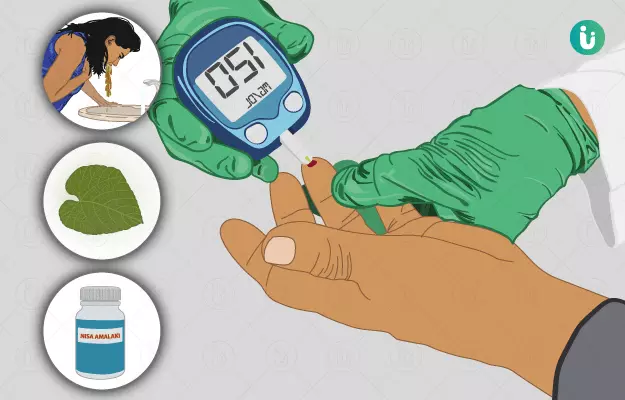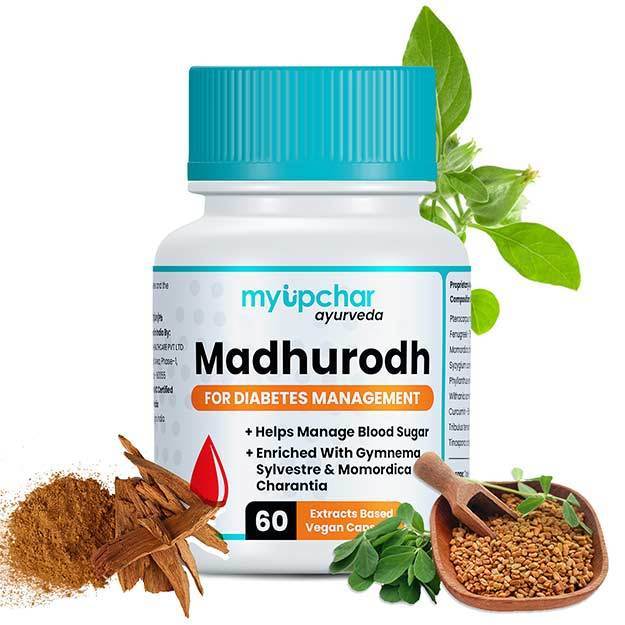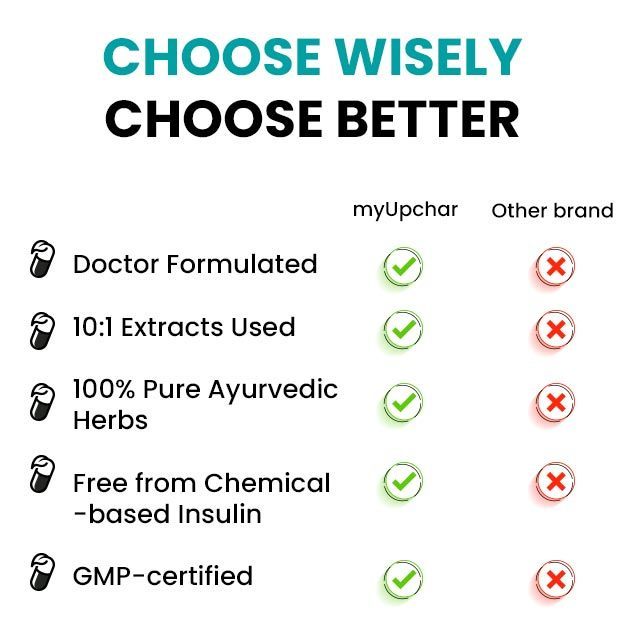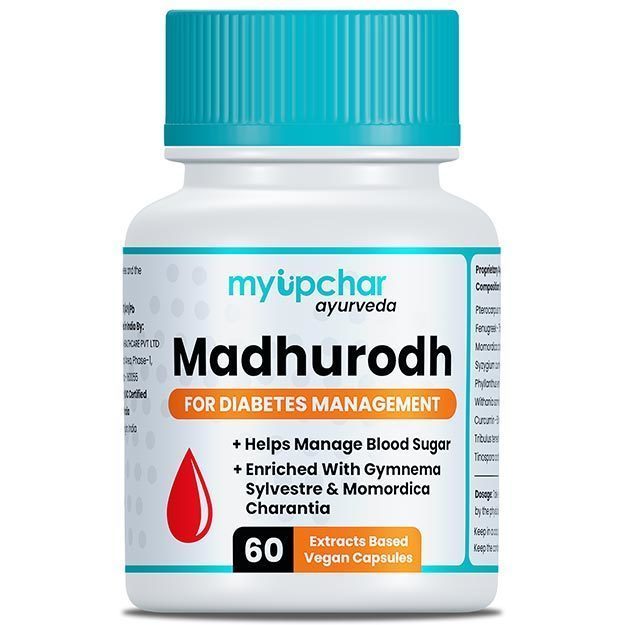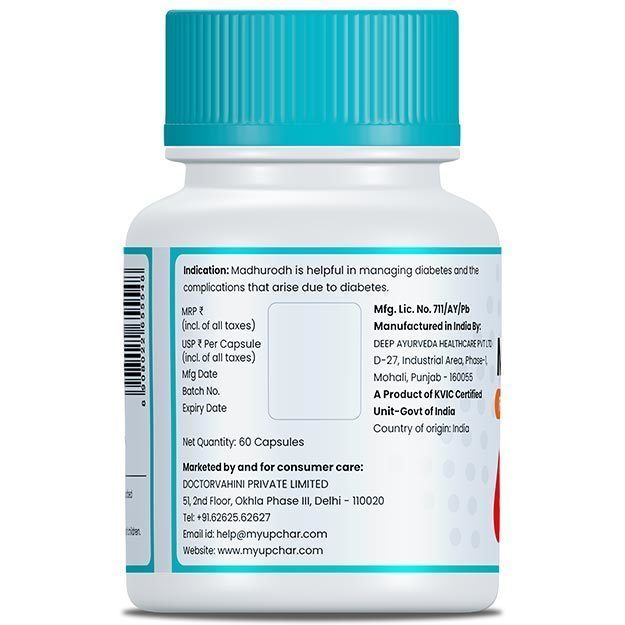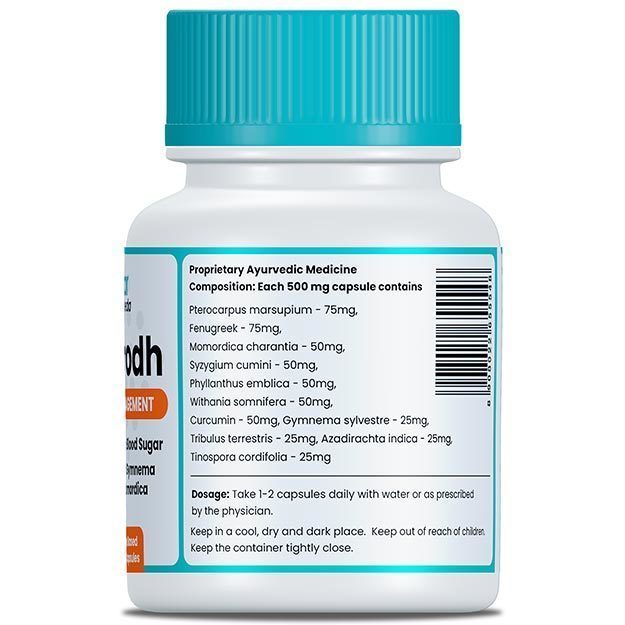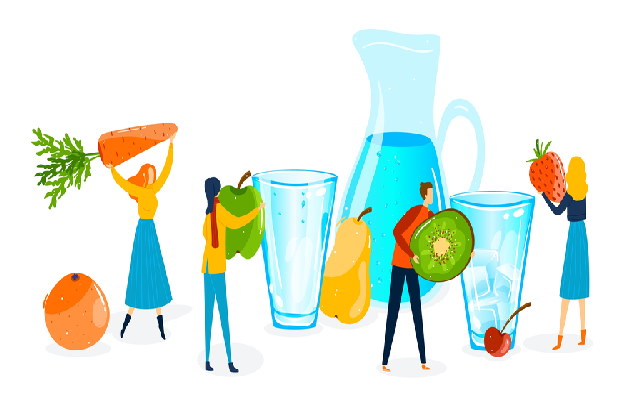Diabetes, known as madhumeha in Ayurveda, is one of the fastest growing diseases across the world and is mainly characterised by an increased level of glucose in blood. The first incidence of this disease can be dated back to 1000 BC. Back then, Charaka Samhita and Sushruta Samhita defined diabetes as a condition with frequent urination, wherein, urine of the affected person was found to be astringent and sweet.
Ayurveda states that diabetes mellitus can be caused due to multiple factors. It primarily occurs due to improper metabolic functioning of the body and leads to dysfunction or deficiency of the hormone insulin. The primary factors that increase the risk of diabetes include diet, lifestyle, environment and all the other factors that may lead to aggravation of kapha dosha.
Here is the complete detail about the ayurvedic treatment of diabetes.
Hereditary and genetic factors are also commonly known causes of diabetes. Avoiding the causative factors of diabetes, making lifestyle changes such as exercising regularly and performing yoga, diet management, and taking appropriate medicines is prescribed by Ayurvedic doctors for the treatment of diabetes.
Ayurvedic physicians suggests treatments like udwartana (powder massage), dhanyamla dhara (pouring warm medicated liquid), sarvang abhyanga (full body oil massage), swedana (sudation or sweat therapy), sarvang ksheeradhara (oil bath), vamana karma (medical emesis) and virechana karma (purgation therapy) for the treatment of diabetes mellitus. Herbs like karavellaka (bitter gourd), amalaki (Indian gooseberry), meshashringi (gudmar), methi (fenugreek), guduchi (giloy) and medicines like phalatrikadi kwatha, katakakhadiradi kashaya, nisha katakadi kashaya, nisha-amalaki are used in ayurvedic medicine for managing diabetes mellitus.
(Read More - Diabetic Dyslipidemia treatment)


